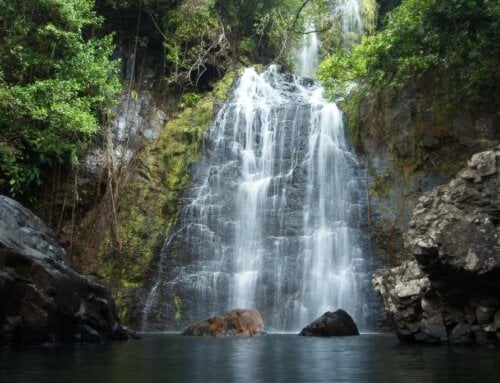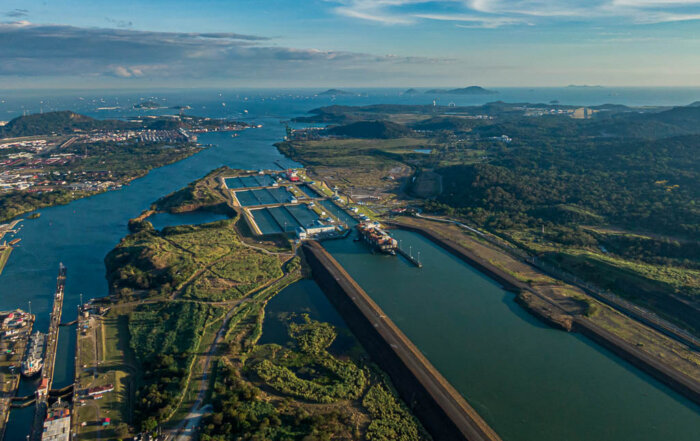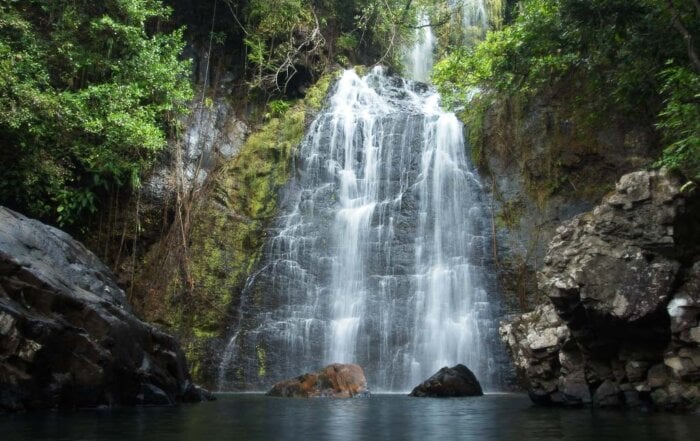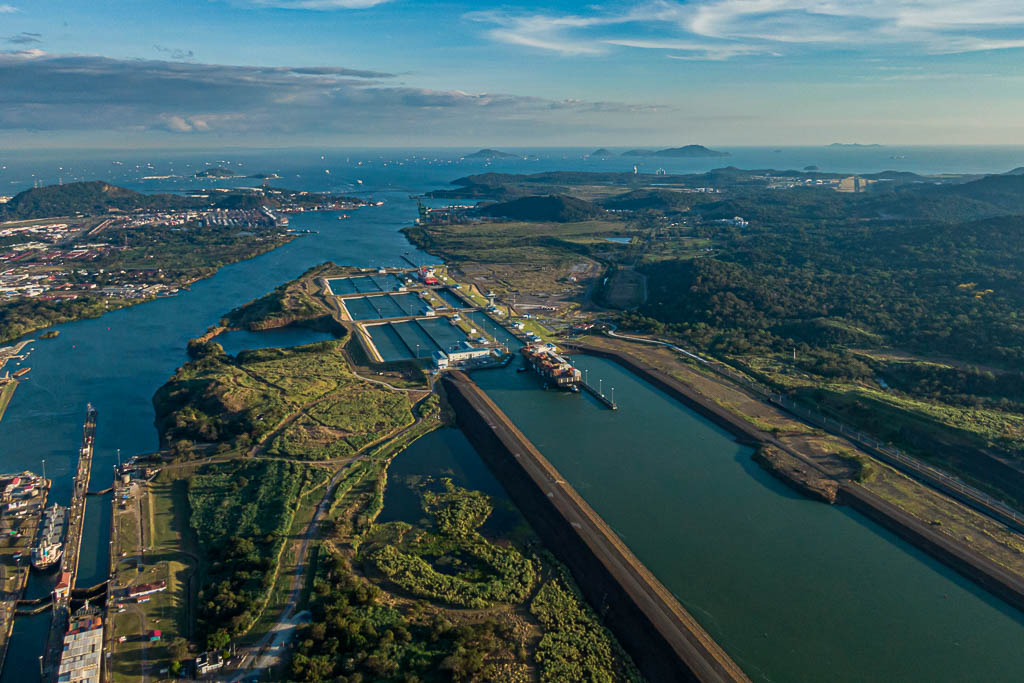
Trump, The Panama Canal, and Real Estate
In a statement that captured headlines and reignited historical debates, former U.S. President Donald Trump recently suggested that the United States might reclaim control of the Panama Canal (AP News). Framing his argument around “unfair tolls” imposed on American shippers, Trump’s remarks struck a chord with both nationalistic rhetoric and economic grievances. The implications of this claim, however, extend far beyond toll rates—they touch on the heart of Panama’s sovereignty, the global geopolitical chessboard, and even the economics of international trade.
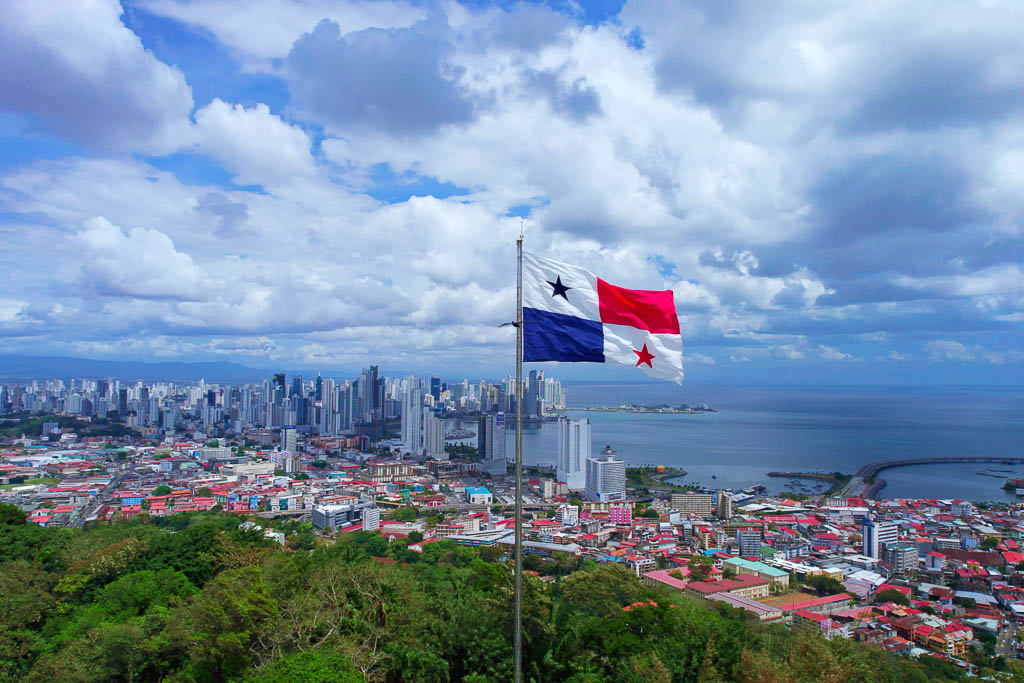
The Geopolitical Context: Panama’s Strategic Crossroads
The Panama Canal, a marvel of modern engineering, has long been more than just a waterway. It is a strategic artery of global commerce and a symbol of economic and political influence. Trump’s comments come at a time when international attention has turned to China’s growing role in Latin America, particularly in Panama.
Since Panama recognized Beijing over Taipei in 2017, China has invested heavily in the country, including critical port infrastructure on both sides of the canal. Hutchison Ports, a Chinese-managed company, now controls key port operations, adding a layer of complexity to U.S.-China relations. These developments have raised concerns in Washington about whether America’s historical dominance in the region is waning (Council on Foreign Relations).
Are Trump’s Comments About Tolls Valid?
At the center of Trump’s grievance is the cost of using the canal. The Panama Canal Authority (ACP), an autonomous organization, oversees its operation and has consistently emphasized transparency and adherence to international standards. Over the past five years, the canal has facilitated between 13,000 and 14,000 transits annually, moving more than 500 million tons of cargo. However, 2024 presented unique challenges, as severe drought conditions caused a 29% decline in transits.
Tolls for the canal vary by vessel size and cargo type. For instance, large container ships pay between $200,000 and $450,000 per transit, while smaller vessels incur proportionally lower fees. In response to the operational challenges of 2024, the ACP implemented toll increases, including raising charges for empty containers from $2 to $4 per TEU ( twenty-foot equivalent unit) in 2024. These adjustments, though necessary to maintain financial stability, have drawn criticism from some shippers (Seatrade Maritime).
Despite the decline in transit volumes, the canal’s net income for Fiscal Year 2024 rose to $3.45 billion, demonstrating its resilience and economic importance. Additionally, the ACP delivered over $2.47 billion to the Panamanian government, underscoring the canal’s significant contribution to the national economy (La Prensa).
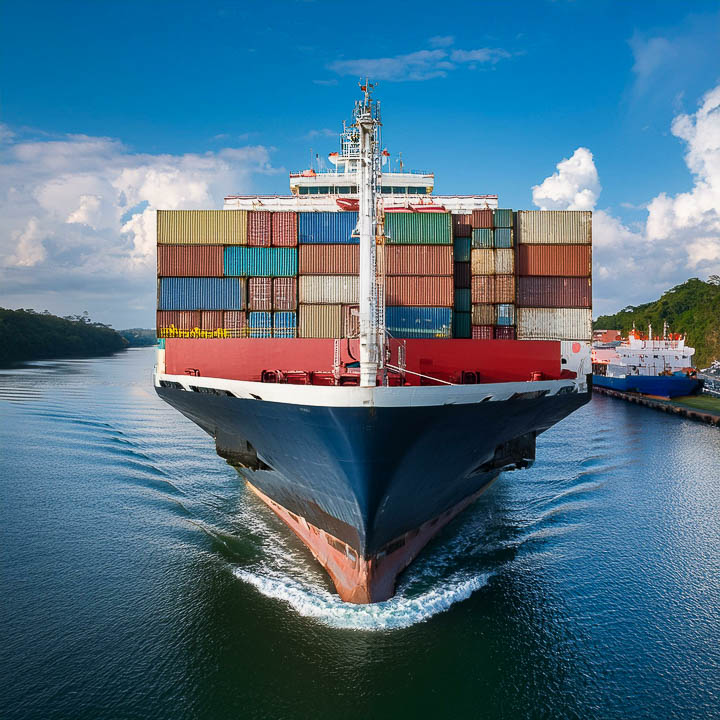
Historical Context: Panama’s Journey to Sovereignty
The Panama Canal has been a flashpoint of national pride and international negotiation for over a century. The Torrijos-Carter Treaties of 1977 marked the beginning of the end of U.S. control, transferring the canal to Panamanian sovereignty by 1999 (State.gov). For Panama, this was more than a political handover—it was a reclamation of dignity and autonomy.
The Treaty Concerning the Permanent Neutrality and Operation of the Panama Canal guarantees that the canal remains accessible to vessels from all nations (Wikipedia). This treaty ensures that the canal operates as a neutral entity, safeguarding global trade routes regardless of conflicts or tensions among nations. For Panama, the treaty not only secures economic stability but also underscores the nation’s commitment to international cooperation and its sovereign right to manage one of the world’s most important trade corridors.

Panama’s Firm Response
Panama’s leadership responded swiftly to Trump’s remarks, reaffirming the nation’s sovereignty over the canal. President José Raúl Mulino stated unequivocally, “Every square meter of the Panama Canal and its adjacent areas belongs to Panama and will continue belonging to Panama” (Barron’s).
Mulino emphasized Panama’s dedication to neutrality, saying, “The canal has no direct or indirect control from China, nor the European Union, nor the United States or any other power.” He also highlighted that the canal’s operation under the Panama Canal Authority (ACP) is governed by transparency and adherence to international treaties, ensuring fair access for global trade (Panama Canal Authority).
In his remarks, Mulino balanced a firm stance on sovereignty with diplomacy, expressing a willingness to maintain positive relations with the U.S. He added, “Our friendship with the United States is longstanding, and we hope it continues to strengthen, but not at the expense of our national autonomy.”
The Canal’s Economic Impact and Real Estate Opportunities
The Panama Canal’s influence extends beyond maritime trade, shaping Panama’s economy and vibrant real estate market. Revenues from the canal have funded transformative infrastructure projects that attract global investors and position Panama as a leading logistics hub. According to the ACP, canal contributions to the national treasury now exceed $2 billion annually, helping to finance major public works projects (La Prensa). Canal revenues also fund vital programs in education, healthcare, and infrastructure, reinforcing Panama’s economic independence and national identity.
Additionally, canal revenues support the development of key economic zones, such as the Panama Pacifico Special Economic Area, which has become a hub for multinational companies. Canal funds fund infrastructure and incentives that attract multinational corporations. Panama Pacifico’s strategic location, tax benefits, and business-friendly environment boost demand for commercial and residential real estate, creating lucrative opportunities for investors. This region exemplifies how canal-driven growth fuels demand for commercial and residential real estate, creating new opportunities for real estate investors.
Infrastructure Development
The canal’s earnings have modernized transportation networks, including ports, highways, and airports. The expansion of Tocumen International Airport, for example, has turned Panama City into a major aviation hub, connecting the Americas and beyond. Meanwhile, improved port facilities in Balboa and Colón have bolstered Panama’s position as a logistics powerhouse. Areas like Costa del Este, Santa Maria, and Panama Pacifico have become magnets for multinational corporations such as Nestlé and Samsung, drawn by Panama’s connectivity and modern infrastructure.
Economic Stability
Panama’s real estate market thrives on the country’s economic stability, which is underpinned by consistent GDP growth, sound fiscal policies, and a thriving service sector. The World Bank highlights Panama as one of Latin America’s fastest-growing economies, with annual growth averaging 5.6% over the past decade (World Bank). This economic dynamism has been instrumental in attracting major corporations, such as Procter & Gamble and Caterpillar, to establish regional headquarters in Costa del Este.
In addition to these strengths, Panama has made significant strides in enhancing its financial reputation on the global stage. Following the challenges posed by the Panama Papers scandal, the government has implemented robust transparency measures and strengthened financial regulations to regain investor trust. These proactive steps have bolstered Panama’s image as a trustworthy financial hub.
The country is also actively working to stay off the European Union’s grey list of non-cooperative tax jurisdictions, ensuring compliance with international standards. Despite a recent downgrade of its investment-grade status by credit rating agencies, Panama’s government has reaffirmed its commitment to fiscal discipline and economic reform. These efforts not only signal resilience but also underscore Panama’s determination to position itself as a stable and reliable investment destination, driving continued growth in the real estate sector.
Tourism and Real Estate Synergy
The canal also drives Panama’s burgeoning tourism sector, attracting over 1.5 million visitors annually. Iconic sites like the Miraflores Locks Visitor Center and the Biomuseo draw tourists eager to learn about the canal’s history and environmental impact. Additionally, nearby developments such as the Amador Causeway have transformed into vibrant hubs for dining, entertainment, and shopping, further enhancing the tourism experience.
Many of Panama City’s most popular real estate developments are located near the canal, taking advantage of its infrastructure and economic gravitational pull. Investment opportunities abound in areas like Punta Pacifica, Ocean Reef Islands, and Casco Viejo where new developments cater to a growing demand for luxury accommodations and waterfront properties. Projects like high-end marinas and eco-friendly resorts are designed to blend seamlessly with the natural beauty of the area while offering world-class amenities. These developments not only attract affluent tourists but also international investors looking to capitalize on Panama’s thriving tourism market.
These areas offer investors the chance to capitalize on the synergy between tourism and high-end real estate, with projects designed to enhance the visitor experience, boost property values, and contribute to the overall economic development of Panama.
Diverse Investment Options
From luxury urban condominiums to eco-friendly developments near natural reserves, Panama’s real estate market is as diverse as its geography. Urban areas like Panama City offer modern high-rise condominiums with state-of-the-art amenities and stunning skyline views, attracting young professionals and expatriates alike. Meanwhile, the lush countryside and coastal areas feature eco-friendly developments that emphasize sustainability and integration with the natural environment, appealing to those seeking tranquility and green living (Panama Sovereign Realty – Land).
In addition to residential offerings, Panama boasts significant opportunities in commercial real estate, driven by its strategic location as a global logistics hub. Industrial parks, retail spaces, and office complexes are in high demand, particularly in areas such as Costa del Este and Panama Pacifico, where multinational corporations are establishing their regional operations.
Panama Sovereign Realty provides expert guidance to clients navigating this dynamic landscape, helping investors identify properties that align with their financial goals and lifestyle aspirations. (Panama Sovereign Realty).
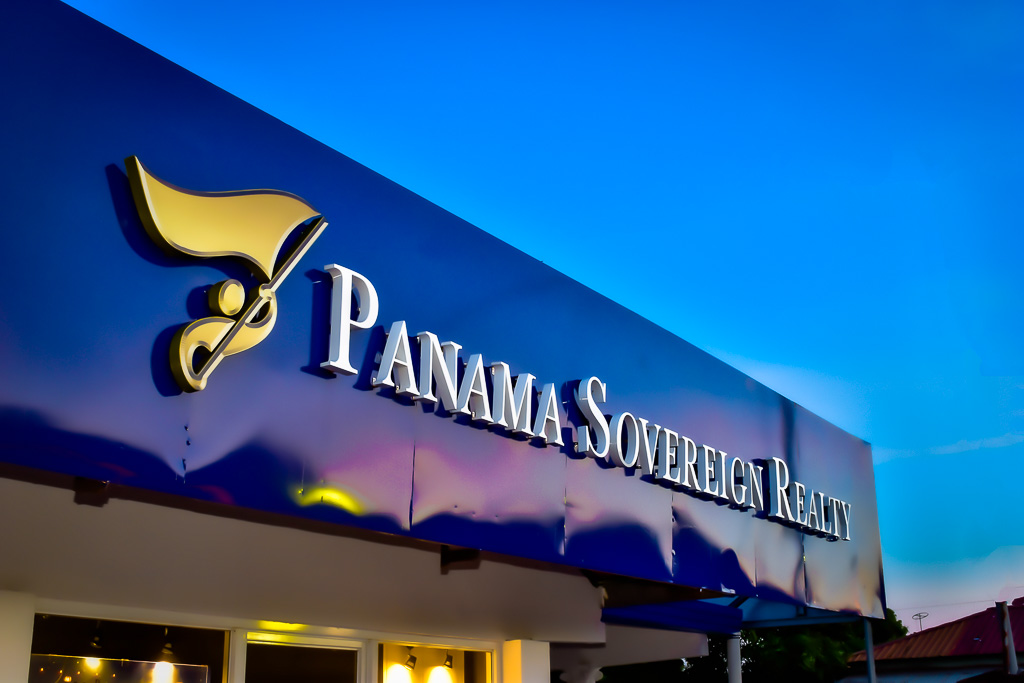
The Canal as a Geopolitical Chess Piece
The Panama Canal stands as a testament to Panama’s neutrality and resilience, even as it becomes a focal point in the broader U.S.-China competition. China’s investments through the Belt and Road Initiative have elevated its influence in Panama, with projects such as the expansion of port facilities and logistics centers. This has led to concerns in Washington about China’s growing foothold in the region (Council on Foreign Relations). Additionally, Panama recently renewed a 25-year concession with Hutchison Ports, a Chinese-owned company, granting it continued control over critical port operations at either end of the canal (Seatrade Maritime).
The United States continues to view the canal as a strategic asset critical to its economic and military interests. For Panama, navigating this complex geopolitical landscape requires maintaining its neutrality while leveraging the canal’s economic potential to build partnerships with both powers.
To further complicate matters, the canal faces existential challenges apart from the geopolitical situation. A recent analysis by the Center for Strategic and International Studies (CSIS) cites challenges such as water shortages and increasing competition from alternative routes. These factors underscore the importance of sustainable management and strategic planning to maintain the canal’s relevance in global trade (CSIS).
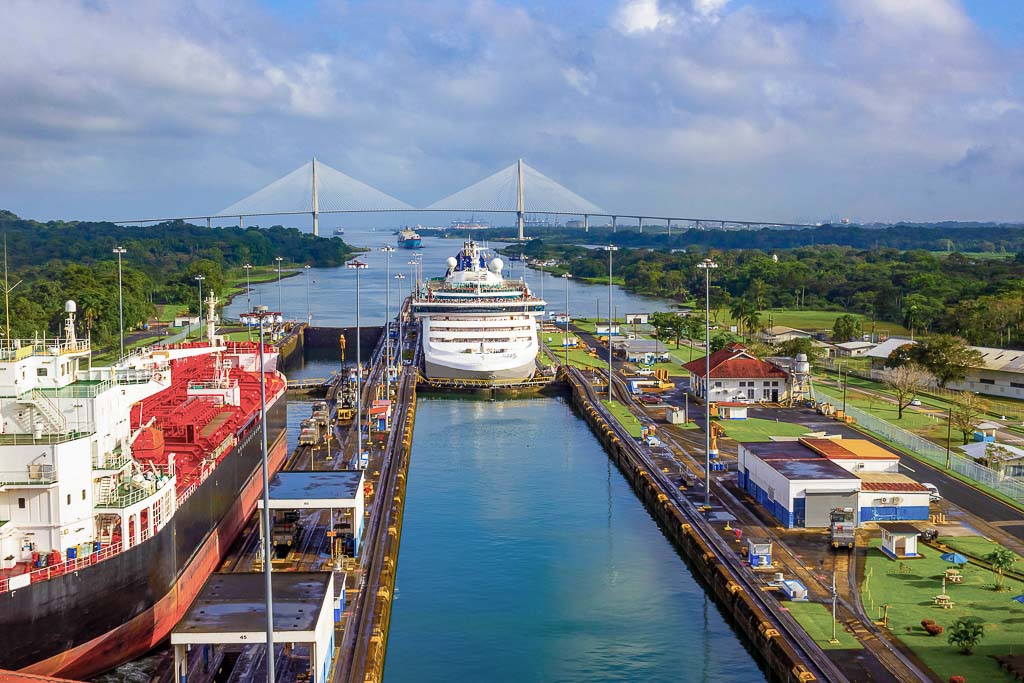
Final Thoughts
Donald Trump’s comments about the Panama Canal have reignited conversations about Panama’s sovereignty and the economic significance and geopolitical role of the Canal. To Panamanians, the canal is more than just an infrastructure project and source of revenue—it is a symbol of Panama’s independence and an important asset that increases Panama’s relevance on the global stage.
As Panama continues to manage the canal’s operations with a commitment to neutrality and innovation, it faces challenges such as climate-related issues and potential competition from other trade routes. For quite some time, Panama has faced the added pressure of geopolitical maneuvering by other nations. Panama will continue to insist on its own sovereignty and control of the canal while balancing its relationships with major global powers like the United States and China.
***
From our Panama City office to our offices in Panama’s interior, the team at Panama Sovereign Realty is dedicated to providing our clients with the best market knowledge available. If you’d like to keep abreast of Panama-related news and have your finger on the pulse of Panama’s real estate market, sign up for our email list here: Sign Up
To browse our listings, please click here: Panama Sovereign Realty









